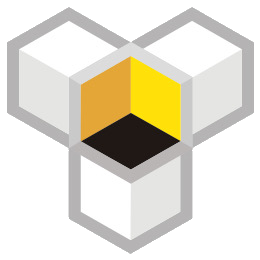The Possibilities of Modern B2B E-Commerce Systems
Gradient Pricing
Many B2B independent websites do not display prices mainly because they do not know how to implement gradient pricing and are unable to flexibly respond to wholesale e-commerce information systems, so they can only conduct business using traditional methods such as Excel and email.
However, if you understand the potential of modern e-commerce systems, you will find that online pricing and online ordering are not contradictory. Taking WooCommerce system as an example, you can achieve the following functions:
Gradient Pricing Setup:
- Sample Price: Encourage customers to register as buyers to enjoy sample or discounted purchasing rights
- Retail Price: Sell products directly to end customers
- Multi-tier Wholesale Price: Set different prices based on buyer levels, purchase quantities, product attributes, etc.
Bulk/Case Sales
To show appreciation for genuine buyers, bulk/case sales rules can be set up, allowing customers to purchase products in specified quantities.
Bulk Purchase Order
There is no need to add products to the cart one by one on individual pages. A bulk purchase can be completed through an online form, simplifying the operation process and improving efficiency.
Accept Customization Requests
Product customization and packaging customization can be done based on customers' customization requests, meeting the diverse needs of customers.
Booking and replenishment orders
Support booking orders and replenishment orders, meet customer needs in advance, optimize inventory management.
Combination and bundled products
Support product combination and bundled sales, flexibly match product combinations to meet customer needs.
Automated reporting and management
Automatically generate order reports, customer reports, monthly quarterly annual reports, product reports, inventory reports, etc., to help customers better manage their business.
Other features
Also includes multi-currency exchange rate synchronization, multilingual support, online settlement/price adjustment/refund, automated email tracking, inventory management, batch modification, transportation and tax integration, as well as the ability to interface directly with third-party platforms.
These features are not contradictory to traditional business operations, but require learning new methods and concepts to better engage in B2B e-commerce.

